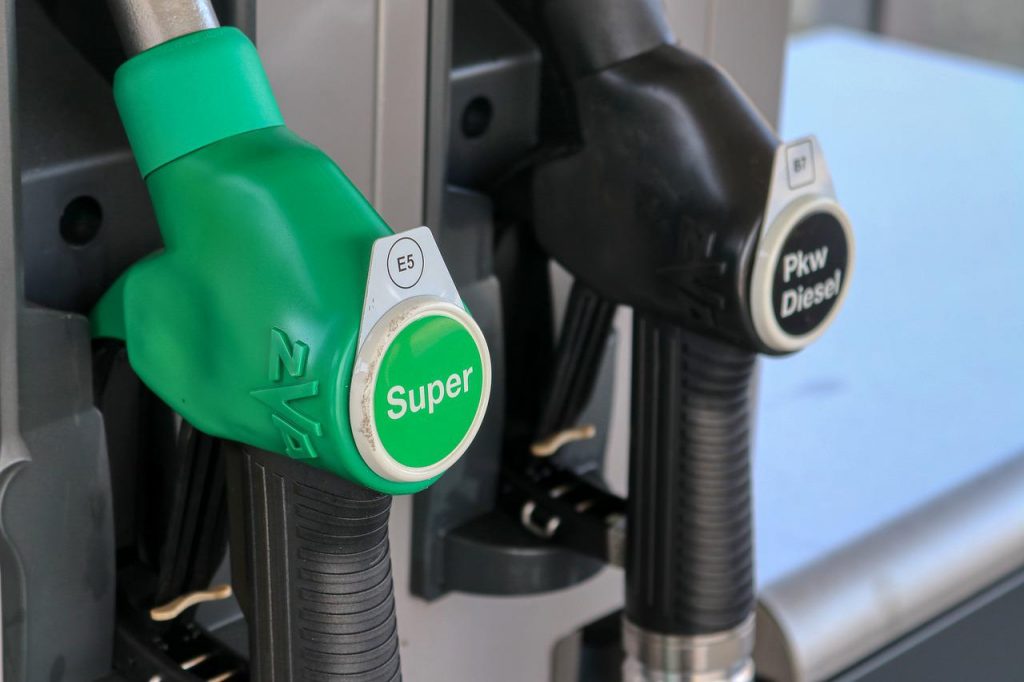US Faces Grim New Reality With Gas Prices
Gas prices are inching closer to a painful new high.
This article is more than 2 years old

Not too long ago, gas prices of more than $4 a gallon was seen as a coastal problem faced by Americans living in big cities. But now, the average price has surpassed $4 in all 50 states and experts say it will continue to climb. California hit the $6 mark on Tuesday for the first time. Now, analysts at JPMorgan are warning that it could be the national average before the end of summer. Casting a shadow over the economy, the shocking prediction is partly due to Russia’s invasion of Ukraine.
Speaking about the increasing gas prices, Head of Global Oil and Commodities Research at JPMorgan Natasha Kaneva said there is a real risk the price could reach $6+ a gallon as early as August. Since local gasoline supplies are at their lowest seasonal levels since 2019, the financial services company is concerned that the country will struggle to meet the demand during this summer’s travel season. “With expectations of strong driving demand, U.S retail prices could surge another 37%,” JPMorgan told CNN Business.
Unfortunately, it’s become increasingly difficult to find cheap gasoline. The last three states (Georgia, Kansas, and Oklahoma) with an average price below $4 a gallon all crossed that threshold in Tuesday’s AAA reading. Along with California, many other larger cities are paying exorbitant gas prices – with the average standing at $6.07 in Los Angeles County, and $6.27 a gallon in San Francisco. Although the national record has been broken, it still hasn’t beat 2008’s record when adjusted for inflation, which would be well over $5 in today’s economic climate.
Unfortunately, experts believe that mark could be surpassed soon, and the higher price tag will become the norm. In an interview with USA Today, Leo Waldenback, co-founder of the online driver’s education program Zutobi said Americans just have to accept that the gas prices are probably going to be high for a long time. He also described the crisis as an extremely unique situation. The surge is also contributing to the highest inflation the country has seen in four decades and taking a toll on consumers’ wallets.
While frustrating, the reasons for the high gas prices are rather simple. The main contributing factor is the ongoing Russia/Ukraine conflict. That’s when gas prices reached records in March and it’s still playing a role as embargoes on Kremlin oil remain in place. As a result, the global cost of oil continues to be over $100. U.S. crude oil costs $114.07 per barrel, while Brent crude (which is the international standard) costs $114.86, according to the U.S. Energy Information Administration.
Another contributing factor to the gas prices is the summer season. This is when the demand for gas is heightened because almost everyone is going on vacation. AAA says the switch to the summer blend of gas is already underway, which usually adds seven to 10 cents per gallon. Although the lull between spring break and Memorial Day would normally help lower prices, it’s having no effect this year, AAA spokesperson Andrew Gross told USA Today. Unfortunately, gas prices will only go down if local governments and other world leaders can produce oil on their own and meet market demand.



